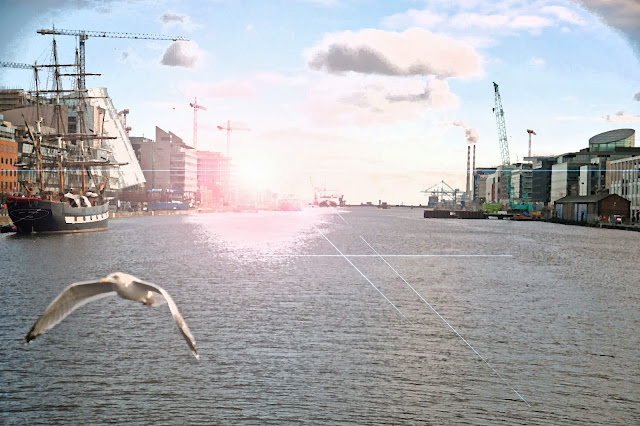Whether manufactured in Germany, Britain or even Japan, each
car is characterised with unique specifications. The luxurious German cars, the
reliable Japanese cars and the strong built British cars, are all
qualifications that distinguish not only the automobile, however, the owner of
the vehicle as well, in our present day.
I propose exhibiting the unique specifications of different
brand cars through the use of photography. By using German (Porsche), Japanese
(Mitsubishi) and British (Range Rover) cars to photograph both exterior and
interior components, this would entitle me to verify the differences between
the brands and their owners.
There are several reasons behind choosing cars as the main
subject of the project. Initially, I have always been a fan of cars, this is
partially due to the fact that I was born and raised in a country where cars
are a symbolic tool, which define their owner. This of course causes a spark in
society, which leads people to buy luxury cars in order to sustain a level of
visible wealth to others. A second reason would partially be because cars are a
vital piece of technology that have transformed our present form of
transportation to be of ease and efficiency. Therefore, I find it important to
reflect upon all mechanisms of a car through the use of photographs, to show
how significant they are to our modern society.
The target area that my photographs will be taken at is my uncle’s
house in Castleknock, Dublin 15. As mentioned previously, only three cars will
be used for the photo-shoot, each from a different country manufacturer. This
project will commence at the beginning of November and will last for
approximately five months, hence till the beginning of April. Our teacher,
Dragana Jurisic, initially allocated the five months time frame to us. The
advantage of having five months to work on the photo-shoot is the fact that
winter and spring will be two seasons witnessed during the time frame;
therefore the variety of natural color/light that could be used while
photographing is instantly increased.
As mentioned previously, I will aim at showing the distinctions between the three different cars by taking a range of exterior and interior photographs, such as the steering wheel, dashboard, gages, wheels and exhaust pipes etc. This project will definitely influence me into adapting new methods of capturing a photograph. To conclude, the outcome of the project is to demonstrate that no social separation should be regarded due to a type of vehicle, as at the end of the day, a cars core purpose is to deliver from point A to point B.
Citation(s):
- · "Ebony." Google Books. N.p., n.d. Web. 23 Oct. 2013.








































